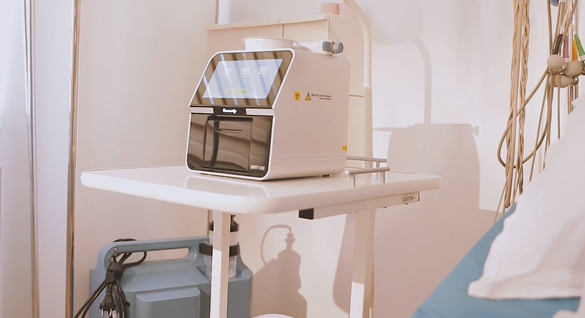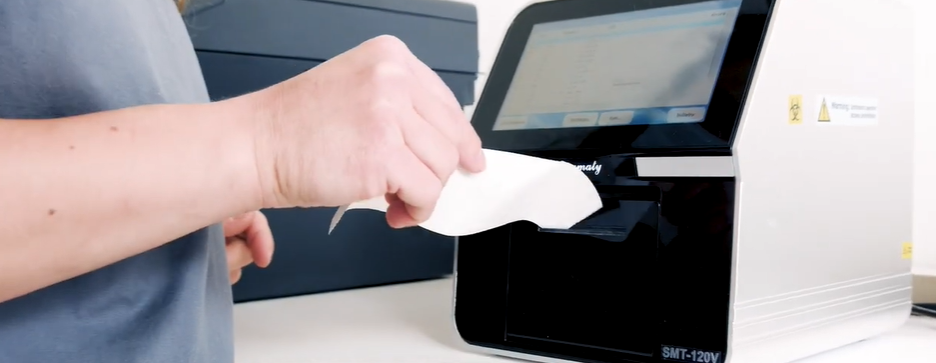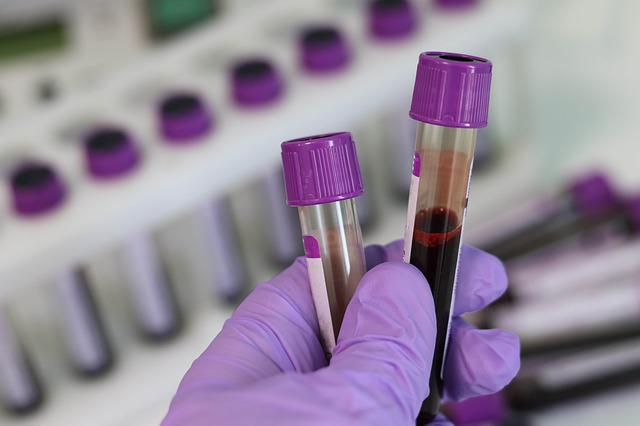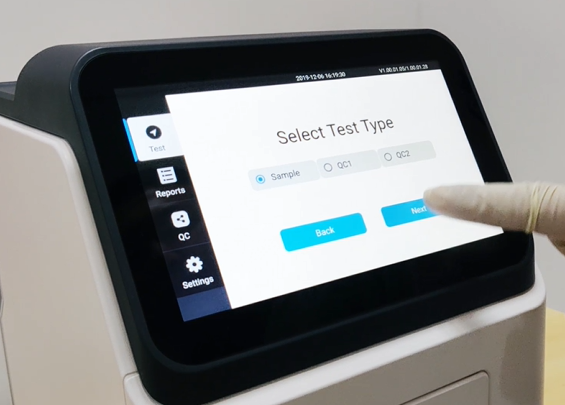release time:2021-10-21 14:53:47


2022-06-27
In order to determine the many components that makeup animal blood, a veterinary blood chemistry analyzer is used. Veterinary blood chemistry analyzers are utilized in healthcare facilities and in medical labs, forensic labs, and private homes.

2021-11-22
In the previous article, we learned what lipidemia is and how it affects biochemical test results. So what should we do? How can we reduce the interference of lipid samples on biochemical analysis results? Four methods are described below.

2021-10-11
The fully automated biochemistry analyzer is an optical analyzer. It is based on the selective absorption of light by substances. That is, the spectrophotometric method.